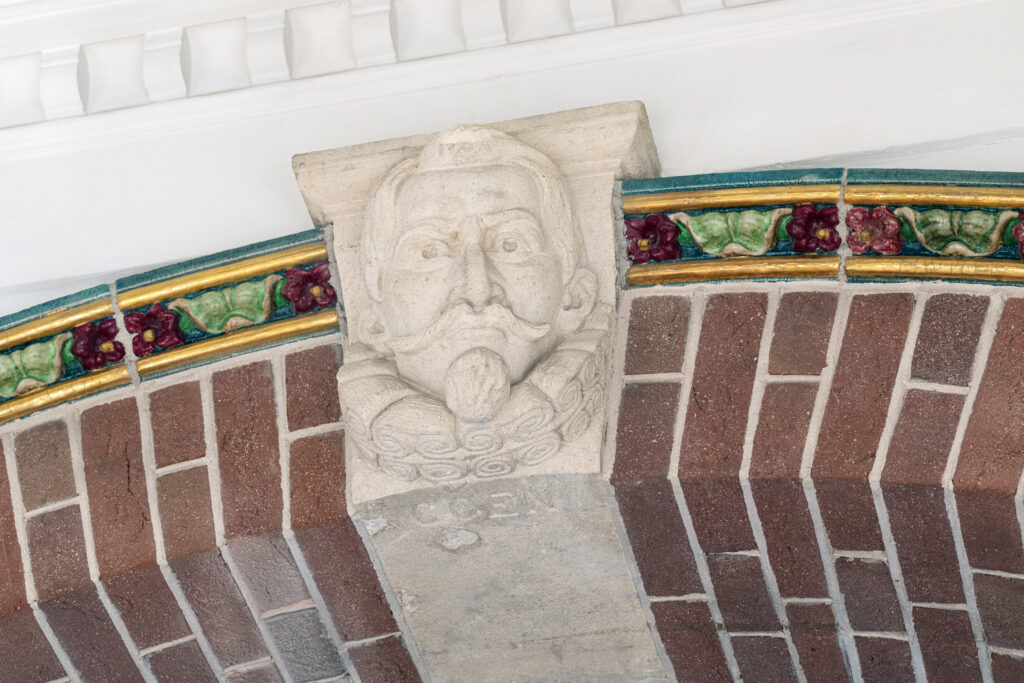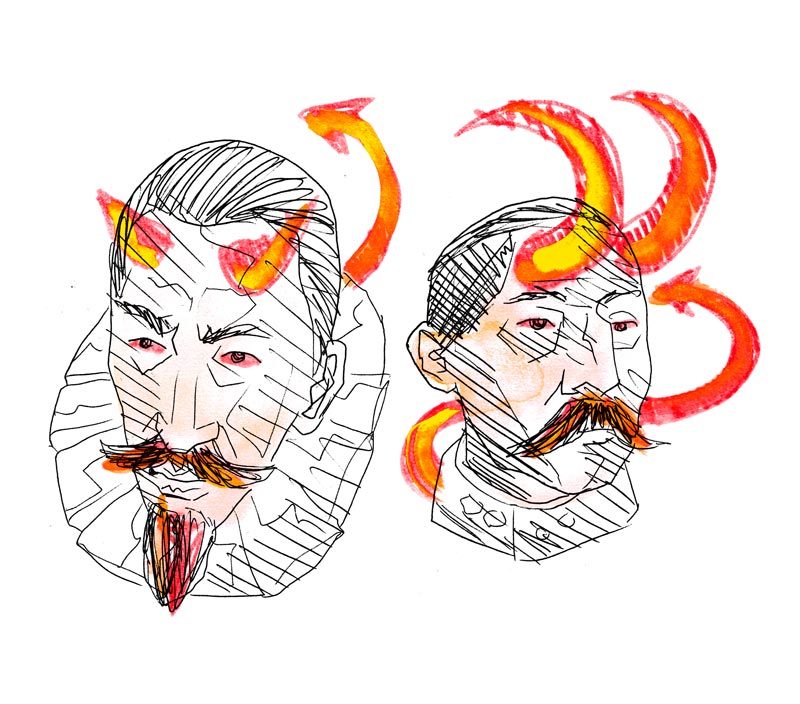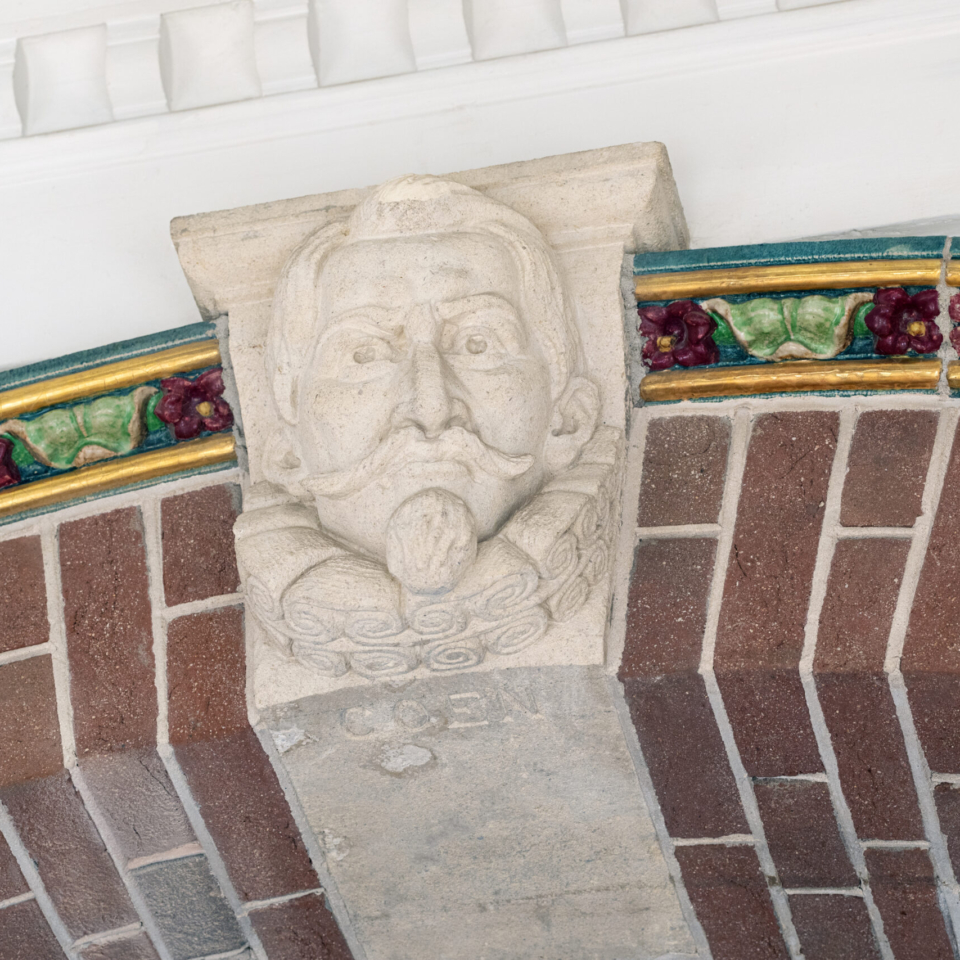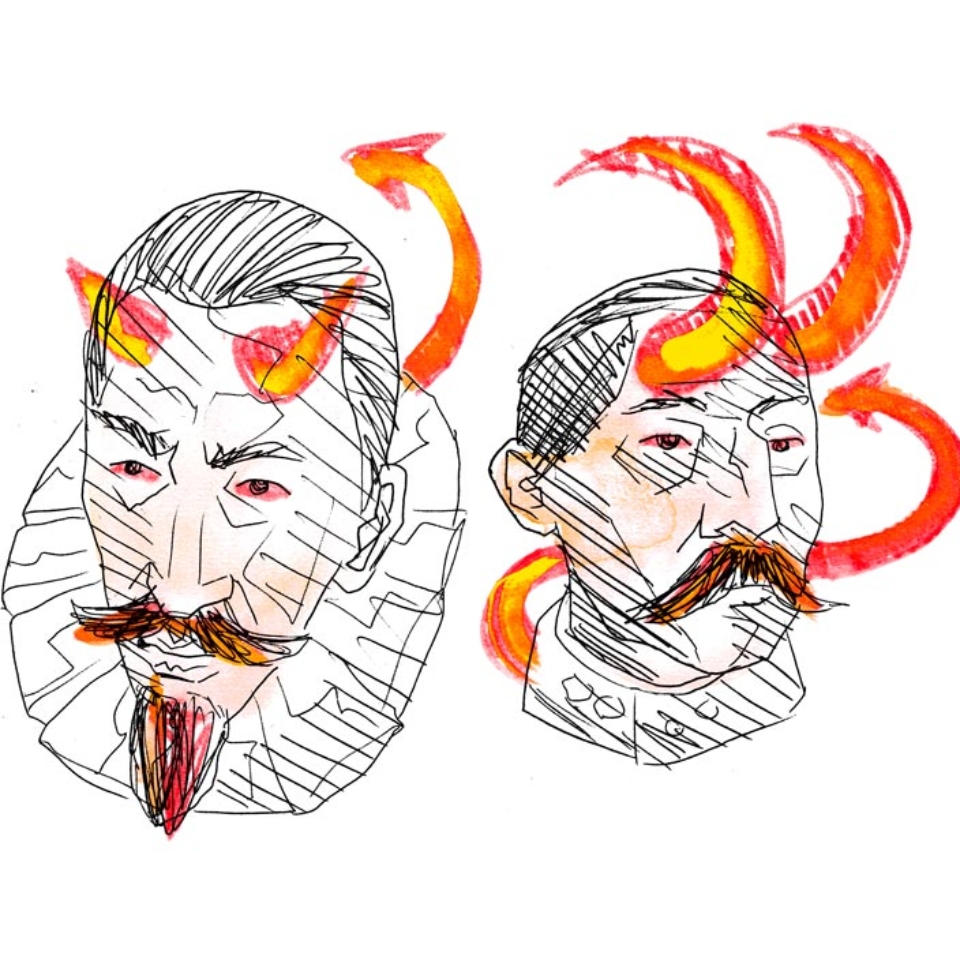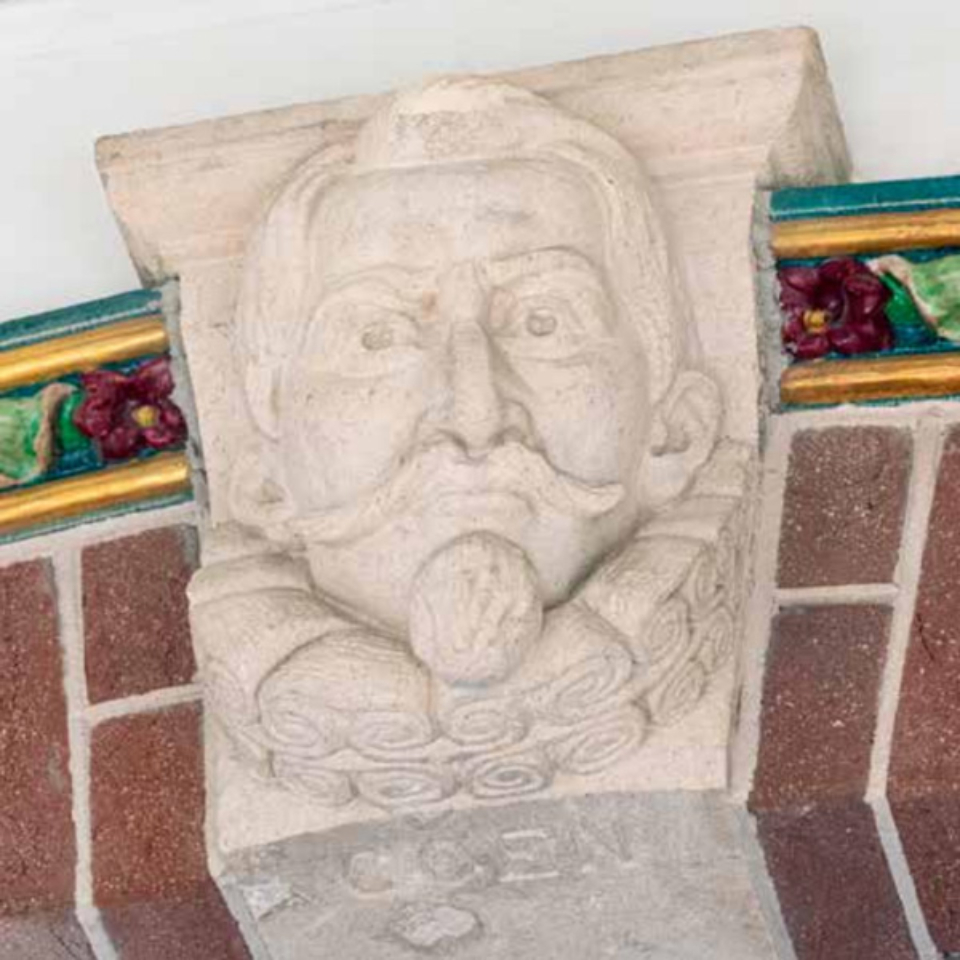Cremer represented the Nederlandsche Handel-Maatschappij (Dutch Trading Society) in Batavia, was a planter and administrator for the Deli Company, Minister of Colonies for four years and had been involved in the 1900 Paris World’s Fair. Hubrecht came from a background in education, went into politics, co-founded the Aardrijkskundig Genootschap (Geographical Society) in 1873 and was involved in the 1883 Amsterdam World’s Fair. The portraits of these men conclude a series that proceeds from the VOC to a colonial state administered by Cremer. The message is clear: all these citizens of Amsterdam, civil servants, entrepreneurs and military men, contributed to the Dutch colonial empire and therefore deserve to be immortalised here.
Two of the line-up’s historic figures have meanwhile come to be generally considered representative of Dutch violence in the Indies. Immediately above the elevator is Jan Pieterszoon Coen, recognisable by his millstone collar. As governor general of all the VOC’s possessions outside the Republic of the Seven United Netherlands, he was responsible for the starvation and murder of a large part of the population of the Banda Islands, among other atrocities. The survivors that did not flee were enslaved and brought to what was then Batavia. This gained Coen the monopoly on nutmeg and mace, very profitable products at the time.
The man with the big moustache to Coen’s left is Joannes Benedictus van Heutsz, a prominent military commander during the violent Aceh War (1873-1942). He was Aceh’s military governor, and subsequently acted as governor general from 1904 to 1909. After his death, he received a mausoleum at Nieuwe Oosterbegraafplaats. What was left of the money collected for the mausoleum was used to erect a monument in his memory at Olympiaplein. After years of protests, it was renamed Monument IndiëNederland (Monument for Indonesia-Netherland) in 2004.
